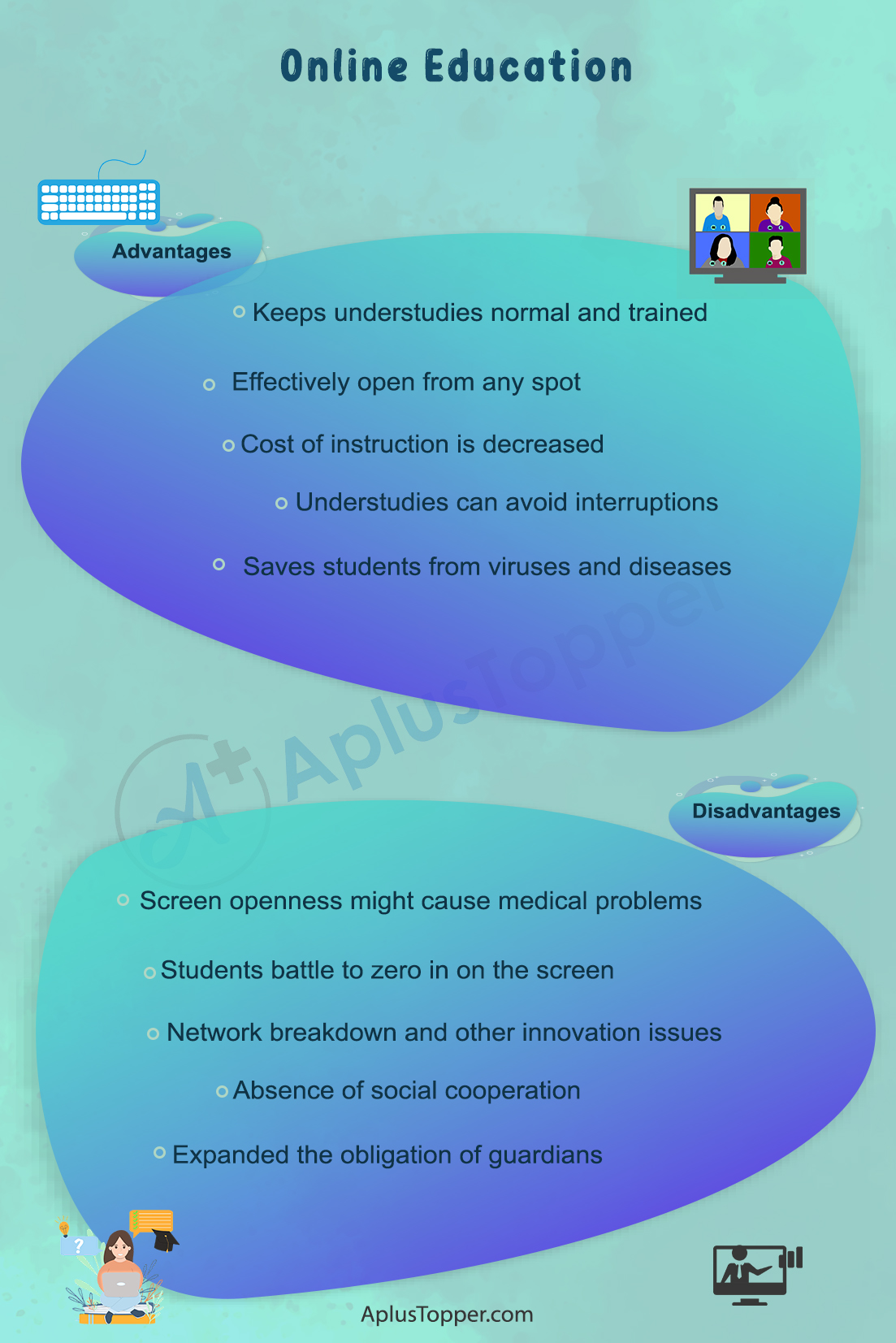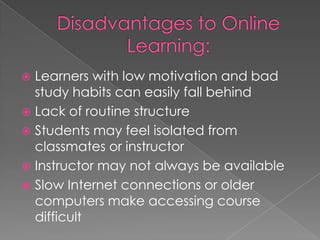Online education has become a popular alternative to traditional classroom-based learning in recent years, as it offers flexibility and convenience for students. However, online education also has several disadvantages that can impact the learning experience and academic success of students.
One disadvantage of online education is the lack of face-to-face interaction with instructors and classmates. In a traditional classroom setting, students have the opportunity to ask questions and engage in discussions with their peers and professors. This type of interaction can be beneficial for learning and understanding complex concepts. In contrast, online courses often rely on pre-recorded lectures and written discussions, which can be less effective for some students.
Another disadvantage of online education is the potential for technological issues. Online courses often require students to have access to a reliable computer and internet connection. However, if a student's technology fails or they experience connectivity issues, it can be difficult for them to complete coursework or participate in virtual classes. This can be especially problematic for students who live in areas with poor internet access.
In addition, online education can be isolating for some students. In a traditional classroom setting, students have the opportunity to socialize and build relationships with their classmates. This can be beneficial for their overall well-being and academic success. However, online courses do not provide the same level of social interaction, which can be detrimental to some students' mental health and motivation.
Finally, online education can be less effective for certain subjects or learning styles. Some subjects, such as laboratory sciences or hands-on technical courses, may be difficult to teach online due to the need for practical experience. Additionally, some students may struggle to learn and retain information from online courses if they are not visual or auditory learners.
In conclusion, while online education offers flexibility and convenience for students, it also has several disadvantages that can impact the learning experience and academic success of students. These disadvantages include the lack of face-to-face interaction, potential technological issues, isolation, and difficulty in teaching certain subjects or learning styles.







